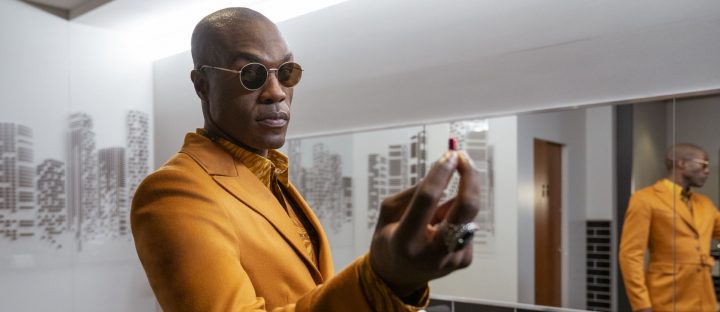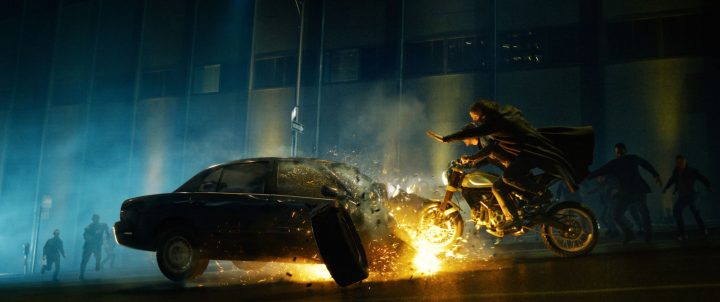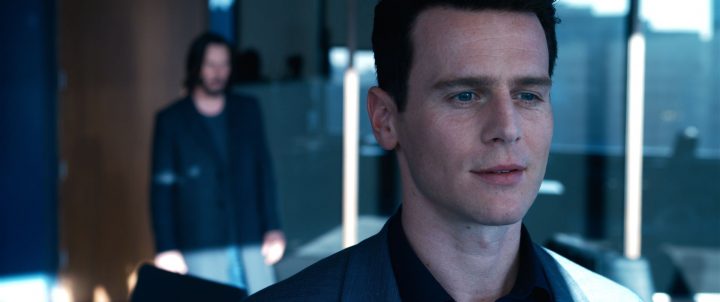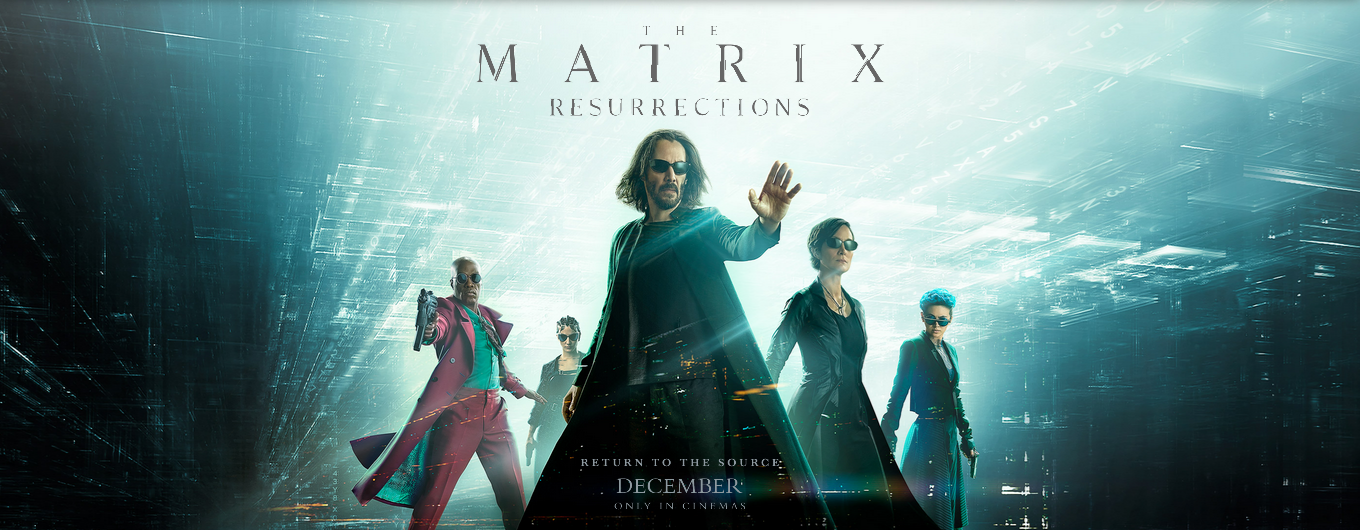“Anyone could have been you, whereas I’ve always been anyone.”
(Smith, Jonathan Groff, The Matrix: Resurrections)
It has been eighteen years since The Matrix: Revolutions, and, in my opinion, the earlier sequels of The Matrix were not the best. Whilst they upped the ante in terms of action and visual effects, they were shallow copies of the original movie, replacing deep philosophical musings about reality and self with convoluted dialogue that felt like they had thrown random words at the wall to see what stuck.
Thus, hopes for Lana Wachowski’s The Matrix: Resurrections were low, to say the least. We had all been burned before and The Matrix seemed doomed to be subject to the law of dwindling returns.
The Matrix: Resurrections advances the timelines of The Matrix franchise forward sixty years. Neo (Keanu Reeves) and Trinity (Carrie-Anne Moss) have been resurrected as Thomas Anderson and Tiffany, but are unaware of their true natures. Anderson is now a games designer, who has been reluctantly forced to make a sequel to his hit video game trilogy The Matrix by Warner Brothers (yes, Warner now exists in The Matrix universe…)

Many characters have been recast. The exceptions are Jada Pinkett Smith returning as Niobe and Lambert Wilson making a fairly pointless return as The Merovingian. Those characters who had been recast were initially disconcerting; however, as the film progressed, they became a natural fit. Yahya Abdul-Mateen II plays a more flamboyant Morpheus. Likewise, Jonathan Groff’s Smith echoes the original Agent Smith, whilst adding his own interpretation of the character. Jessica Henwick, as Bugs, acts as Neo’s mentor and guide through his awakening.
The Matrix: Resurrections embraces the disconcertion caused by recasting, by echoing scenes from previous The Matrix films and even displaying them as flashbacks. The storyline is complex and multi-tiered, but still fun, especially where Warner Brothers light-heartedly poke fun at themselves.
One thing that doesn’t change too much is the cinematography and choreography, which are just as excellent as they always were. There is fantastic attention to detail, with small details that may only be fully appreciated after repeated viewings. The fight scenes are wonderfully shot, giving a sense of depth and movement that other films rarely achieve. The Matrix: Resurrections is a visual feast that can only be fully appreciated on the big screen, especially for the scenes in the machine city.

The costumes also look amazing, combining the legacy of alternative fashion from the previous films with modern-day couture. The clothing changes throughout the film: as the lead characters accept their true identities, they go from wearing generic clothes that blend into the background, to attire more fitting for their nature.
At the start, Thomas (Neo) and Tiffany (Trinity) are both portrayed as looking tired and haggard, but as the film progresses and the action begins, they look fantastic without any airbrushing of their age. The Matrix: Resurrections accepts that people age, but that does not diminish their appeal. For those of us who are old enough to remember The Matrix on the big screen, seeing Trinity and Neo revitalised like this is powerful and beautiful.
For those of us who are old enough to remember the original of The Matrix on the big screen, seeing Trinity and Neo revitalised like this is powerful and beautiful.
Those expecting a popcorn flick will be disappointed, as the nature of plot is as complicated as the original. The Matrix: Resurrections is a film that requires you to think about what is happening. Lana Wachowsk, David Mitchell and Aleksandar Hemon’s script explores multiple levels of reality and variations of the truth, echoing the real world’s struggle with misinformation and “alternative facts”. The script particularly shines whenever the lead characters are involved, as Reeves and Moss’s delivery elevates the excellent writing.
This is a film that acknowledges all that has gone before, whilst at the same time embracing new technologies and themes. A prime example is that the once ubiquitous landlines that were used for entering the matrix are now replaced by mirrors. Likewise, doors can be used to create portals, much like The Keymaker in the previous films. The chemistry between the two main characters is exceptional. Wachowski uses the established familiarity between the two actors to deliver some fantastic scenes in their characters’ awakenings.

At nearly two and a half hours, The Matrix: Resurrections is the longest of The Matrix films. A couple scenes were unnecessary, with some returning characters feeling superfluous, other than making a comment about modern life. Losing some of these elements would have made for a tighter narrative and greater focus on the film’s core themes.
Ultimately, The Matrix: Resurrections is about change and evolving to embrace these changes. It is about overcoming the drudgery of modern-life to rekindle the passions that once drove you and finding people who enable you to embrace your true self.
It could be argued that The Matrix: Resurrections has a very specific audience in mind; those that first watched The Matrix in 1999 and were inspired by the subsequent shift in the cultural zeitgeist, but have now settled into modern life.
This is for all those who remember…




[…] It would be fair to say reactions to Resurrections have been mixed, but as I explained in my review; The Matrix: Resurrections has a very specific audience in mind; those that first watched The […]